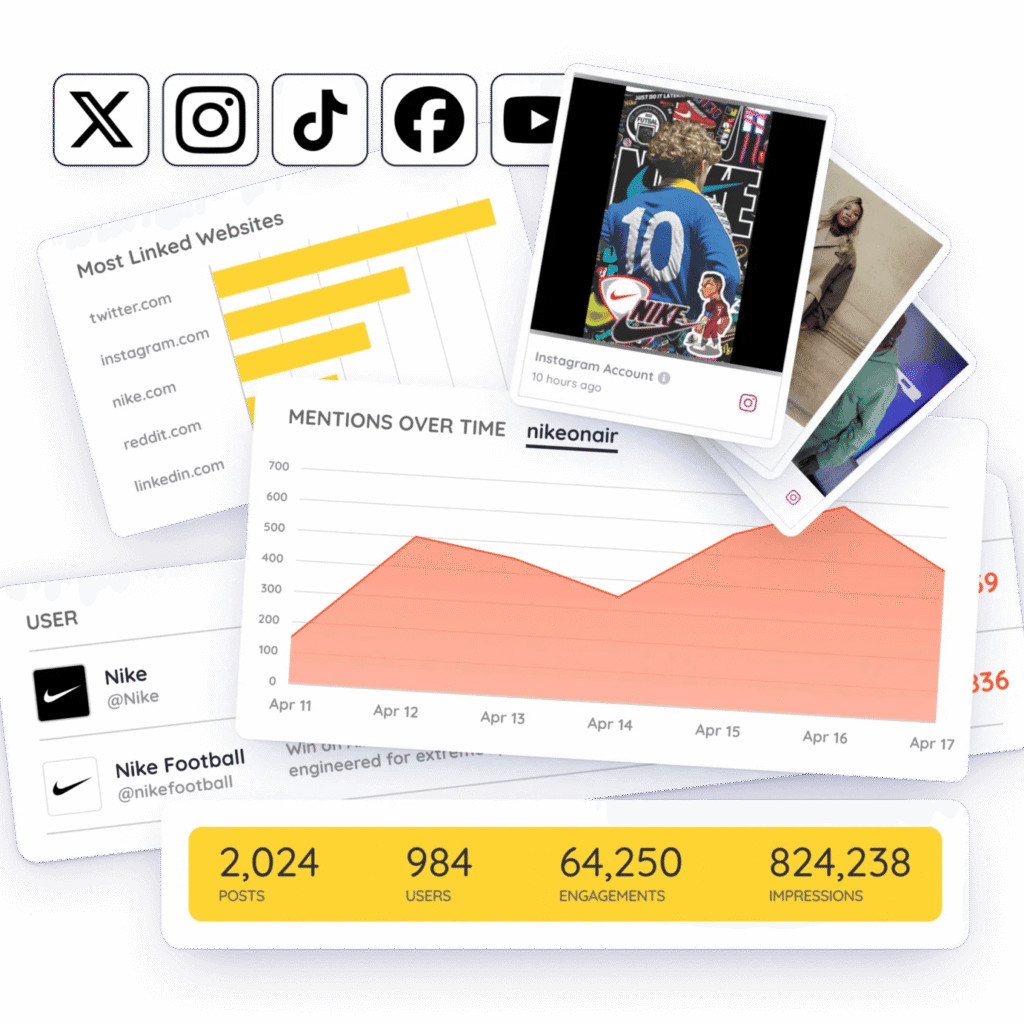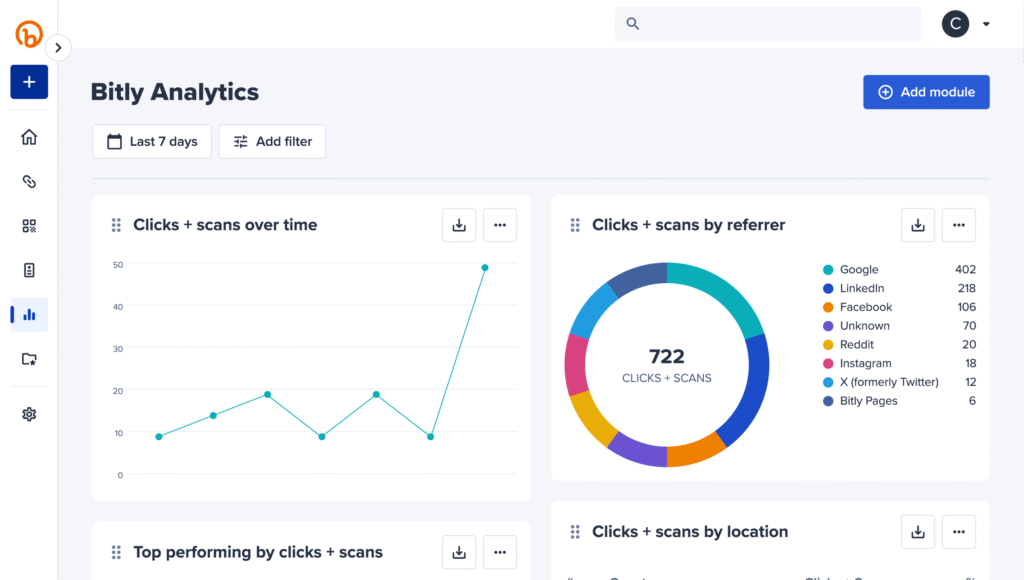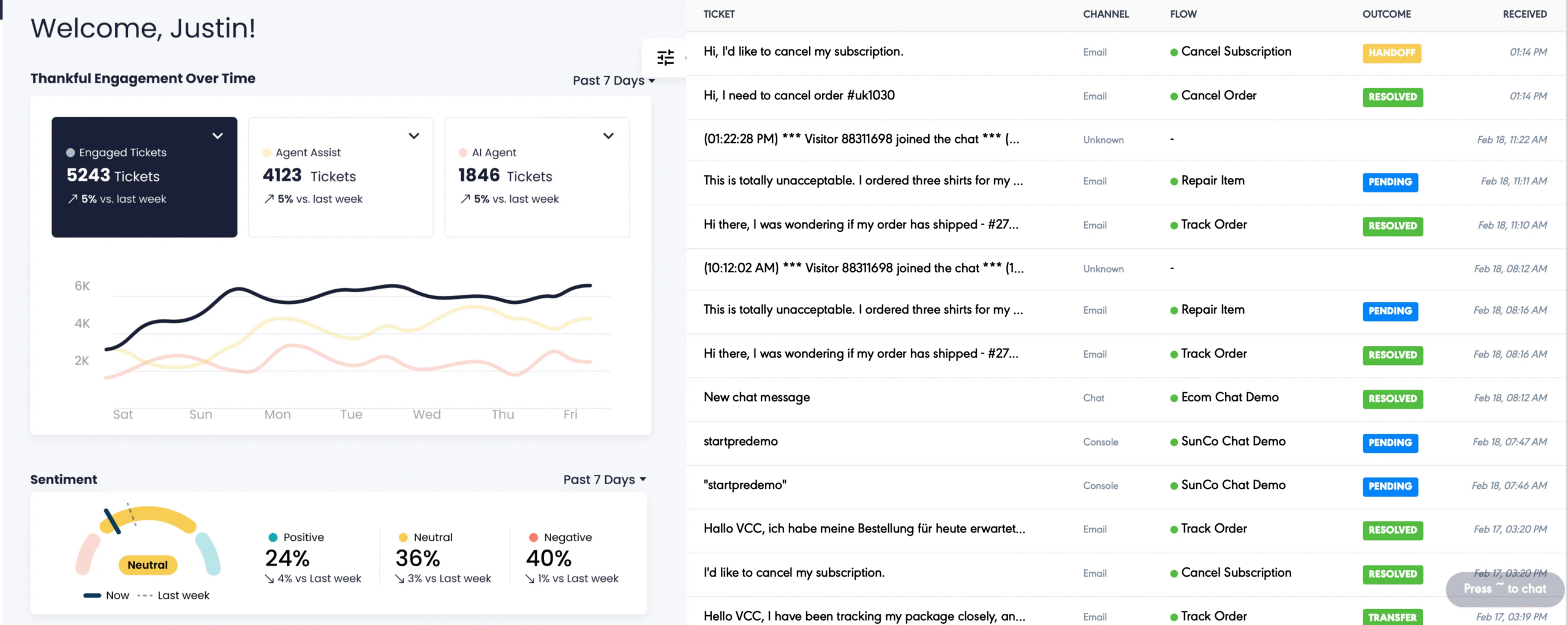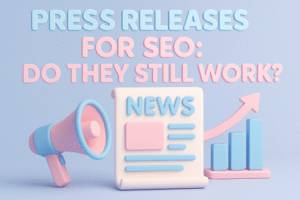We see a constant stream of businesses, each at a completely different point in their journey.
One day, you’ll be speaking with the founder of a new D2C snack brand who has just launched and needs to create a buzz.
Next, I’m in a strategy session with an established B2B SaaS firm looking to reduce its customer acquisition cost.
They both need “social media growth,” but the meaning of that phrase is worlds apart for each of them.
And this reveals a fundamental flaw in how most businesses approach analytics: they treat it as a static, one-size-fits-all discipline.
They download a standard report, track the same handful of metrics month after month, and wonder why they aren’t seeing transformative results.
Your business evolves, and your social media analytics tool must evolve with it. Don’t just stick with the standard Google Analytics tool as your standard, go-to tool.
The metrics that matter when you’re trying to find your first 1,000 fans are radically different from the ones that matter when you’re trying to prove ROI on a multi-lakh advertising budget.
The secret to smarter growth isn’t finding one perfect tool; it’s about building an analytics strategy that adapts to your specific stage of business.
Why Even Top Social Media Marketing Companies Chase the Wrong KPIs?
Before we get into the “how,” let’s talk about the biggest “how not to”.
The most common mistake we see, even from reputable social media marketing companies, is that they focus on metrics that look good on paper.
They just highlight follower growth and impressions because they are easy to measure and report.
This is the path of least resistance, and it rarely leads to meaningful business outcomes.
A report that doesn’t inform a decision is just decorated data.
Most importantly, many agencies do not track the things that matter to a business at that stage: Return on Ad Spend (ROAS), Cost Per Purchase, and the conversion rate of traffic from social media.
They were using a “big brand” reporting model for a startup that needed to be lean and results-driven.
If you begin covering these basic metrics immediately, it will eventually change your focus and business.
This is why matching your metrics to your mission is non-negotiable, and that’s what the best social media marketing companies do.
Matching Your Metrics to Your Mission: Analytics for Every Growth Stage
Let’s break down how you should adapt your focus as your business grows using marketing analytics tools. Let’s begin by thinking of it in three distinct phases.
Stage 1: The “Launch & Learn” Phase (Awareness & Community)
When you are just starting, your primary goal is not direct sales; it’s finding product-market fit and building a tribe of true fans.
You’re testing hypotheses about who your customer is and what they care about.
- Your mission: Validate your idea and build an engaged initial audience.
- Metrics that matter:
- Audience growth rate (%): Not just the raw number, but the percentage growth week over week.
- Engagement rate per post: Are people talking back to you?
- Sentiment analysis: Is the feedback and conversation around your brand positive? This is crucial.
- Qualitative feedback: The actual comments and DMs you receive are pure gold.
🛠 Tool Spotlight: Keyhole.co

While bigger tools can be overwhelming, Keyhole is brilliant for this stage. It offers powerful hashtag tracking and real-time sentiment analysis.
You can monitor the buzz around your launch campaign or track industry keywords to see which influencers are most influential. It helps you answer the question, “Are we reaching the right people, and do they like what they see?”
Stage 2: The “Traffic & Trust” Phase (Engagement & Consideration)
Once you have an engaged base, the next step is to convert that engagement into tangible website traffic and leads. Y
ou’re building a bridge from the social platform to your own digital property.
- Your mission: Drive qualified traffic to your website and build your marketing funnel.
- Metrics that matter:
- Click-through rate (CTR): What percentage of people who see your post click the link?
- Cost per click (CPC): If you’re running ads, how much does each click cost you?
- Bounce rate (from social traffic): Are the people you’re sending to your site sticking around?
- New newsletter subscribers/leads from social: A direct measure of funnel-building success.
🛠 Tool Spotlight: Bitly (Paid Plans)

Everyone knows Bitly as a link shortener, but its paid plans are a surprisingly powerful analytics tool. You can create unique, trackable links for every single campaign, ad, or even an influencer’s bio.
Its dashboard gives you a clean, immediate look at which specific posts are driving the most clicks, from which geographic locations, and on which days. It’s often faster and more intuitive than digging through Google Analytics for a quick performance check.
We once used it to discover that for a B2B client in Bangalore, simple text-based LinkedIn posts were driving 3x more webinar sign-ups than fancy video posts, an insight that immediately saved them time and money.
Stage 3: The “Scale & ROI” Phase (Conversion & Revenue)
Your social media is now a mature engine. The C-suite isn’t asking if it works; they’re asking how well it works.
Every dollar spent needs to be justified with a clear return.
- Your mission: Prove and optimize the Return on Investment (ROI) from all social media activities.
- Metrics that matter:
- Return on ad spend (ROAS): The single most important metric for e-commerce.
- Customer acquisition cost (CAC) from Social: How much does it cost to acquire a new customer via social?
- Social-influenced revenue: How many sales journeys involved a touchpoint on social media, even if it wasn’t the last click?
🛠 Tool Spotlight: Ruler Analytics

This is where we go far beyond Google Analytics. Ruler Analytics is an attribution tool that closes the loop between your marketing and your sales.
It tracks a user’s entire journey, from their first click on a Facebook ad, through multiple website visits, and connects it to the final sale data in your CRM.
It solves the great attribution problem by showing you exactly how different channels work together to create a customer.
This is one of the key social media analytics tools that helps you answer, “Which efforts are actually making us money?”
Stage 4: The “Retain & Advocate” Phase (Loyalty & Evangelism)
Your acquisition engine is humming, but the smartest companies know that the real profit lies in retention and advocacy.
The mission is no longer just about getting the next customer; it’s about delighting the ones you have and empowering them to become your best marketers.
You’re shifting from a transactional mindset to a relational one.
- Your mission: Maximize Customer Lifetime Value (CLV) and turn your existing customers into a powerful volunteer marketing army.
- Metrics that matter:
- Repeat purchase rate (from social cohorts): Are customers acquired through social media coming back to buy again?
- Volume of positive user-generated content (UGC): How many customers are posting photos and reviews of your products without being asked?
- Customer churn rate: How well are you retaining the customers you worked so hard to acquire?
🛠 Tool Spotlight: Gorgias

For e-commerce brands, this is a game-changer. Gorgias is a helpdesk that integrates your social media comments and DMs directly with customer order history from platforms like Shopify.
When a loyal customer comments on an Instagram post, your team can instantly see their entire purchase history and respond with a personalized, high-touch message.
It allows you to transform your social media from a simple marketing channel into a powerful customer retention and loyalty-building engine.
The Human Element: Your Most Powerful Analytics Engine
It’s easy to get lost in a sea of data and dashboards.
But I want to share a final, bold opinion: all the best social media analytics tools in the world are useless without a curious human mind to interpret the information.
Data can tell you what is happening, but it takes your intuition and experience to understand why and decide what to do next.
Your job as a marketer or business owner is to be the strategist.
The tools are your trusted advisors, bringing you information. You must be the one to ask the critical follow-up questions:
- “Our engagement rate dropped. So what? Was it because of a new content format we tried?”
- “Our ROAS on Instagram is high. So what? Can we scale the budget without the CPA skyrocketing?”
- “This competitor’s share of voice is increasing. So what? Are they targeting a new audience we should be aware of?”
These are the questions that turn data points into profit. Many of the most powerful Marketing Analytics Tools are the simple questions you ask your team every week.
Stop Copying, Start Customizing
The path to smarter growth isn’t about finding a magic tool; it’s about customizing your analytics to your business’s specific stage.
For example, my team tracks completely different metrics for two clients.
For a coffee brand in its “Launch” phase, success is all about User-Generated Content and positive sentiment, where community validation is the goal.
But for our B2B logistics client deep in the “Scale & ROI” phase, we only focus on Customer Acquisition Cost and qualified leads from LinkedIn. They have completely different definitions of success.
So, stop downloading generic reports. Define what your current stage, be it Launch, Trust, Scale, or Advocate, truly requires.
Track those one or two key metrics obsessively. That’s how you unlock real clarity and control over your growth.









